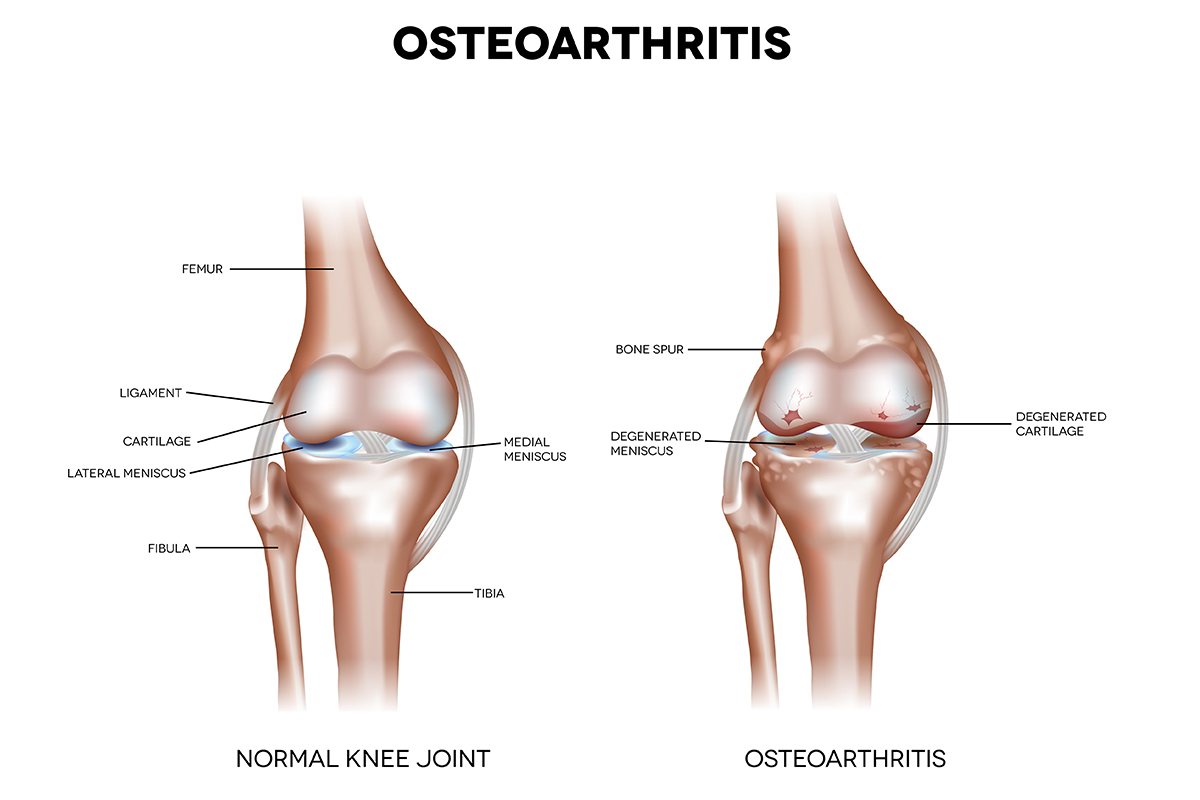
Reviewed and Updated: December 12th, 2024
Osteoarthritis is the most common type of arthritis, affecting millions of people worldwide. This condition occurs when the protective cartilage in your joints breaks down over time, leading to pain, stiffness, and a reduced ability to move freely. Osteoarthritis can affect any joint, but it most commonly impacts the knees, hips, hands, and spine, making everyday activities like walking, bending, or even gripping objects more difficult.
In this article, we’ll dive into the details of osteoarthritis, exploring its symptoms, causes, risk factors, and the different ways it can be diagnosed and treated. Whether you're already experiencing joint discomfort or looking for ways to protect your joints as you age, understanding osteoarthritis is the first step toward managing it effectively. Let’s explore how you can make informed lifestyle choices to improve your joint health and overall well-being.
What is Osteoarthritis?
Osteoarthritis is a common condition that happens when the cartilage, the tissue that cushions your joints, starts to wear down over time. This breakdown causes bones to rub against each other, leading to pain, stiffness, and swelling. Osteoarthritis can affect any joint, but it's most common in places like your knees, hips, hands, and spine—joints you rely on daily for movement and support.
Unlike some other forms of arthritis, such as rheumatoid arthritis (which is an autoimmune disease where your body attacks your joints), osteoarthritis is considered a degenerative joint disease. This means it worsens gradually, often starting with mild discomfort and progressing to more noticeable pain or limited movement over time.
While osteoarthritis can’t be reversed, understanding how it develops is the first step in managing the condition. Now that we’ve covered what osteoarthritis is, let’s explore in detail the symptoms you might experience as this condition progresses.
Common Osteoarthritis Symptoms
Osteoarthritis can show up in different ways, and its symptoms often develop slowly over time. Here are some of the most common signs you might notice:
Joint pain: Discomfort in the affected joints, especially after activity or at the end of the day.
Stiffness: Difficulty moving the joint, particularly when you wake up or after sitting for a while.
Swelling: The area around the joint may become swollen or tender.
Reduced flexibility: You might find it harder to move the joint through its full range of motion.
Grating sensations: A feeling of grinding or hearing a cracking sound when you move the joint.
These symptoms can range from mild to severe, and they may interfere with daily activities like walking, climbing stairs, or even gripping objects. As osteoarthritis progresses, the symptoms often worsen, making it harder to carry out everyday tasks.
Now that we’ve covered the symptoms, let’s explore some of the common causes behind osteoarthritis.
Causes of Osteoarthritis
Osteoarthritis is mainly caused by cartilage slowly breaking down from cushioning your joints from the impact of walking, running, jumping and other movements especially repetitive ones (referred to as cumulative stress). As a result, osteoarthritis is basically a result of aging that will continue to get worse over time. While aging is a major risk factor, other factors can also contribute to osteoarthritis; such as, family history of the disease, joint injuries or overuse, overweight or obesity, and inflammatory conditions such as rheumatoid arthritis.
Some other factors can speed up this degradation like overuse injuries in athletes, working a physically laborious job or even genetics.
While we can’t stop the aging process, understanding these causes can help you make choices that protect your joints. Now, let’s look at the risk factors that might increase your chances of developing osteoarthritis.
Risk Factors for Osteoarthritis
Several lifestyle and medical factors can increase your chances of developing osteoarthritis. As mentioned earlier, carrying extra weight is one of the biggest risk factors, as it puts more pressure on your joints, especially your knees and hips. A lack of physical activity can also contribute, as staying inactive weakens the muscles that support your joints. Certain jobs or sports that require repetitive movements or heavy lifting can speed up joint wear-and-tear, increasing your risk.
Medical conditions play a role too. Previous joint injuries, other forms of arthritis, and muscle weakness can make you more prone to osteoarthritis. Age is another key factor—osteoarthritis is more common as we get older. Additionally, women are generally more likely to develop osteoarthritis than men after menopause due to the decrease in estrogen.
By managing some of these risk factors, like maintaining a healthy weight and staying active, you can help delay or even prevent the onset of osteoarthritis. Next, let’s explore how doctors test for and diagnose this condition.
Testing and Diagnosis for Osteoarthritis
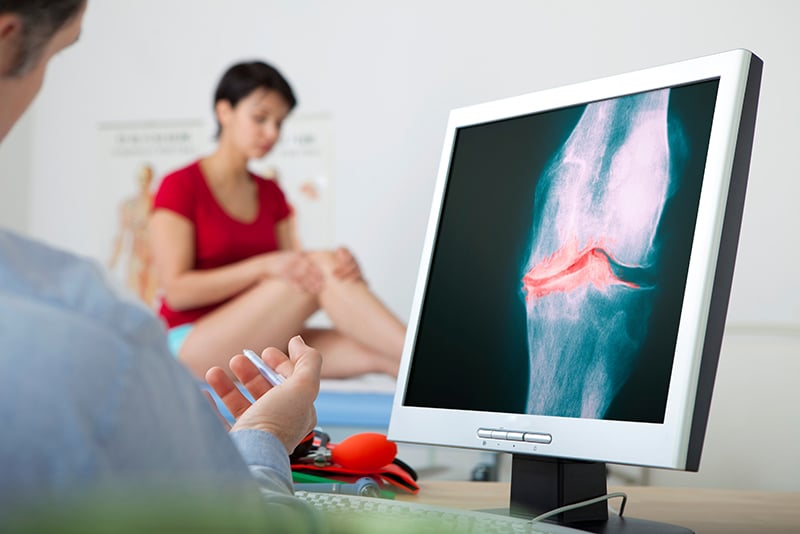
Diagnosing osteoarthritis typically starts with your healthcare provider reviewing your medical history and conducting a physical exam. They’ll check for symptoms like joint stiffness, swelling, and reduced range of motion. Imaging tests, such as X-rays or MRIs, are commonly used to get a closer look at the joints and assess the extent of cartilage damage. In some cases, lab tests may be done to rule out other forms of arthritis, such as rheumatoid arthritis, which has different underlying causes.
Early diagnosis is key to managing osteoarthritis effectively. The sooner you know what’s going on with your joints, the quicker you can start treatment to slow the condition’s progression and improve your quality of life. Now, let’s explore the various treatments available to help manage osteoarthritis.
Treatments for Osteoarthritis
When it comes to managing osteoarthritis, there are several treatment options available, and the right approach often depends on the severity of your condition and your personal needs.
Lifestyle changes
One of the most effective ways to manage osteoarthritis is by making lifestyle adjustments. Losing weight can reduce the strain on your joints, while staying active helps keep them flexible. Activities like swimming or walking are great low-impact options. You may also benefit from using assistive devices, such as braces or canes, to help ease joint pressure.
Medications
Pain relievers, such as acetaminophen, and nonsteroidal anti-inflammatory drugs (NSAIDs) like ibuprofen or naproxen, can be used to help manage the pain and inflammation that come with osteoarthritis. Topical creams such as diclofenac that are applied directly to the skin can also provide targeted relief.
Collagen Supplementation
Type II Collagen as in Kolla2® in some studies was shown to be highly bioavailable and to possibly promote cartilage repair.* Type II Collagen makes up to 60% of the dry weight of joint cartilage and trials have resulted in symptom relief and better flexibility in athletes.
Bone Essense™ Provides 600 mg of Kolla2® Patented Type II Collagen per serving. Learn more here.
Physical therapy
Working with a physical therapist can help strengthen the muscles around your joints, improve flexibility, and increase range of motion. This can go a long way in reducing discomfort and improving your ability to carry out everyday activities.
Surgery
In severe cases where other treatments aren’t effective, surgery might be necessary. Joint repair or replacement, such as a knee or hip replacement, can provide long-term relief and significantly improve quality of life.
It’s important to consult with your healthcare provider to determine the best treatment plan for you. With the right combination of treatments, you can manage osteoarthritis effectively and maintain a better quality of life.
Conclusion
Osteoarthritis is a common condition, but with the right approach, it can be managed effectively. While there’s no cure, early intervention can greatly improve your quality of life. A combination of lifestyle changes—like staying active and maintaining a healthy weight—along with medical treatments, can help reduce pain and keep you moving. Remember, taking small steps to care for your joints now can make a big difference in the long run. If you’re experiencing symptoms, don’t hesitate to consult a healthcare professional to explore your options. You have the power to manage osteoarthritis and continue living a healthy, active life. Let’s take care of those joints together!
* This article is for informational purposes only and doesn’t constitute medical advice. For immediate health concerns, please consult your physician.
These statements have not been evaluated by the Food and Drug Administration. Products are not intended to diagnose, treat, cure or prevent disease.
© 2024 Best in Nature All rights reserved




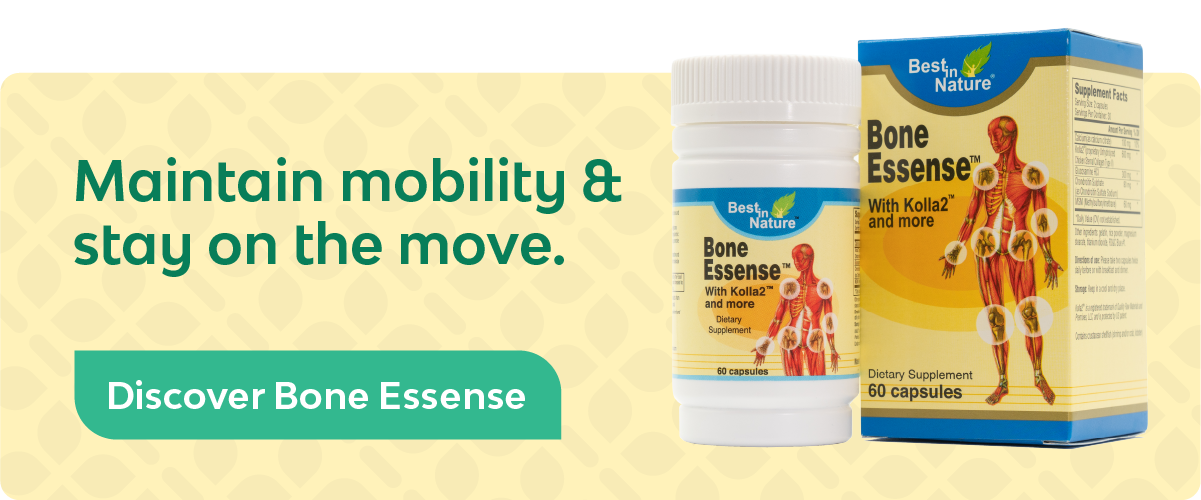


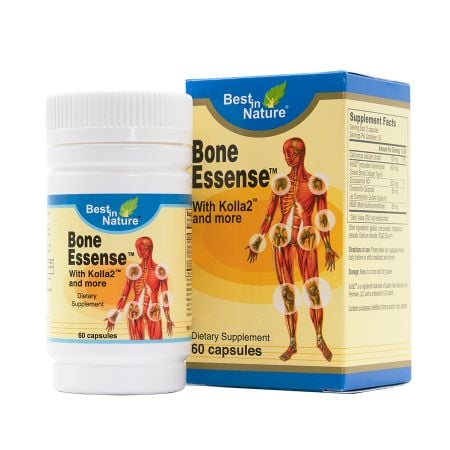
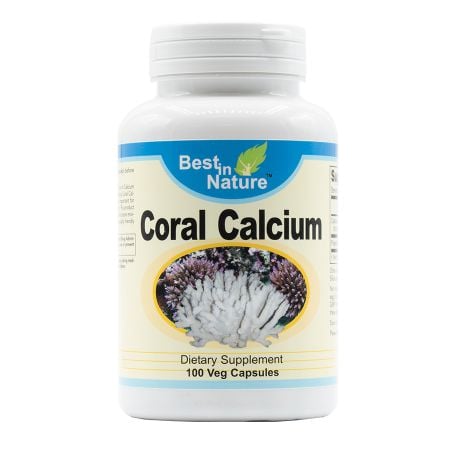
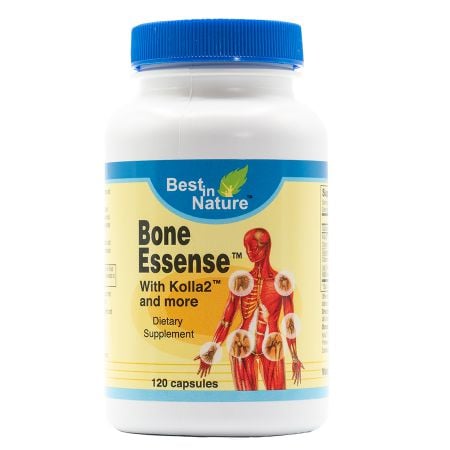
Validate your login
Sign In
Create New Account